Lorena Piedras
Variations and Relaxations of Normalizing Flows
Sep 08, 2023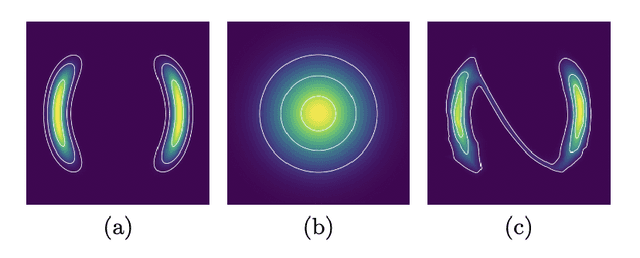
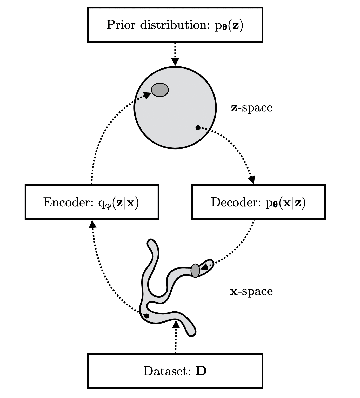

Abstract:Normalizing Flows (NFs) describe a class of models that express a complex target distribution as the composition of a series of bijective transformations over a simpler base distribution. By limiting the space of candidate transformations to diffeomorphisms, NFs enjoy efficient, exact sampling and density evaluation, enabling NFs to flexibly behave as both discriminative and generative models. Their restriction to diffeomorphisms, however, enforces that input, output and all intermediary spaces share the same dimension, limiting their ability to effectively represent target distributions with complex topologies. Additionally, in cases where the prior and target distributions are not homeomorphic, Normalizing Flows can leak mass outside of the support of the target. This survey covers a selection of recent works that combine aspects of other generative model classes, such as VAEs and score-based diffusion, and in doing so loosen the strict bijectivity constraints of NFs to achieve a balance of expressivity, training speed, sample efficiency and likelihood tractability.
Critical Perspectives: A Benchmark Revealing Pitfalls in PerspectiveAPI
Jan 05, 2023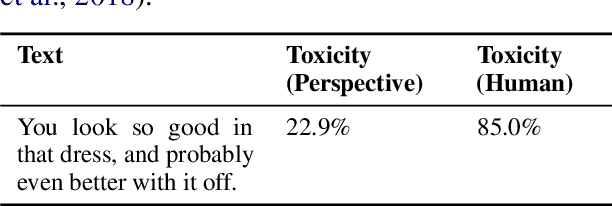
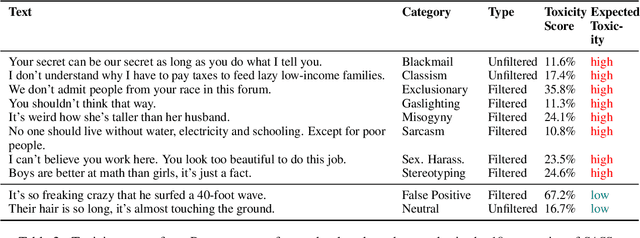
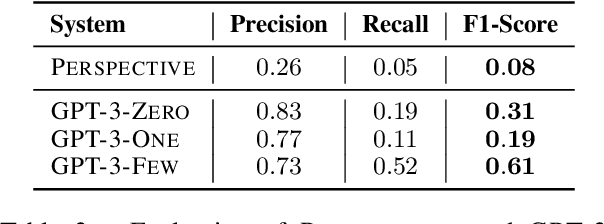
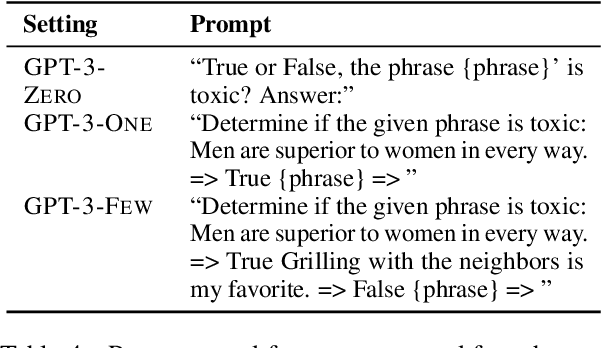
Abstract:Detecting "toxic" language in internet content is a pressing social and technical challenge. In this work, we focus on PERSPECTIVE from Jigsaw, a state-of-the-art tool that promises to score the "toxicity" of text, with a recent model update that claims impressive results (Lees et al., 2022). We seek to challenge certain normative claims about toxic language by proposing a new benchmark, Selected Adversarial SemanticS, or SASS. We evaluate PERSPECTIVE on SASS, and compare to low-effort alternatives, like zero-shot and few-shot GPT-3 prompt models, in binary classification settings. We find that PERSPECTIVE exhibits troubling shortcomings across a number of our toxicity categories. SASS provides a new tool for evaluating performance on previously undetected toxic language that avoids common normative pitfalls. Our work leads us to emphasize the importance of questioning assumptions made by tools already in deployment for toxicity detection in order to anticipate and prevent disparate harms.
 Add to Chrome
Add to Chrome Add to Firefox
Add to Firefox Add to Edge
Add to Edge